Noodle Yellow, also known as “mihoen kuning” in Indonesian cuisine, is a versatile and flavorsome type of noodle that has garnered significant attention among food enthusiasts. Its vibrant yellow color and unique texture contribute to its growing popularity, making it a staple ingredient in various Asian dishes. This article explores the history, preparation methods, and diverse culinary applications of Noodle Yellow. 1. The Origins of Noodle Yellow: Noodle Yellow has its roots in Indonesian cuisine, where it is primarily made from wheat flour and turmeric. The addition of turmeric not only gives the noodles their distinct bright yellow color but also provides potential health benefits.
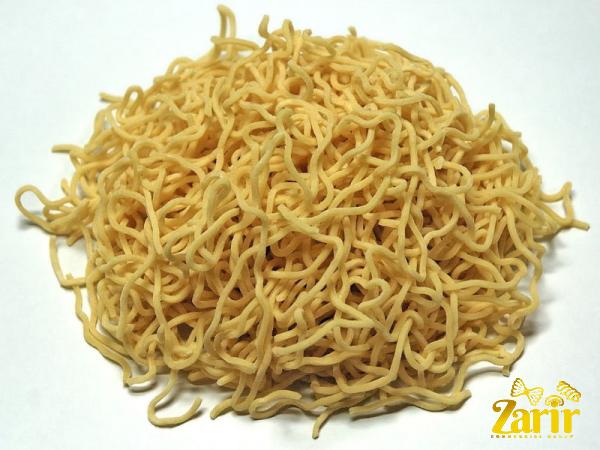
.
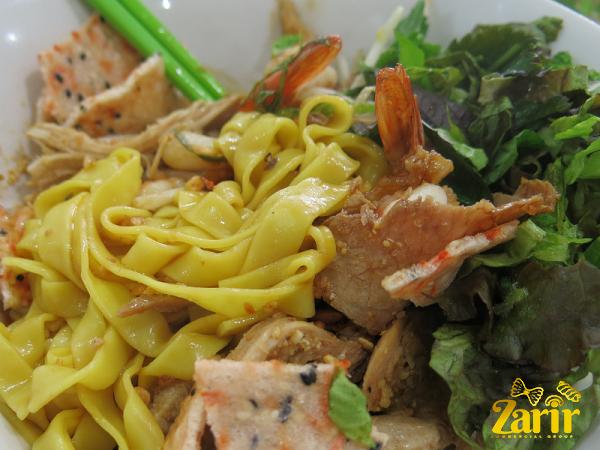 Turmeric is known for its anti-inflammatory properties and is rich in antioxidants, making Noodle Yellow an appealing choice for health-conscious individuals. 2. Preparation Techniques: The process of making Noodle Yellow involves mixing wheat flour and turmeric powder with water to form a dough. This dough is then pressed and rolled, before being finely sliced into thin and delicate strands. The noodles are typically dried before being cooked, allowing them to maintain their shape and absorb flavors when cooked in various dishes.
Turmeric is known for its anti-inflammatory properties and is rich in antioxidants, making Noodle Yellow an appealing choice for health-conscious individuals. 2. Preparation Techniques: The process of making Noodle Yellow involves mixing wheat flour and turmeric powder with water to form a dough. This dough is then pressed and rolled, before being finely sliced into thin and delicate strands. The noodles are typically dried before being cooked, allowing them to maintain their shape and absorb flavors when cooked in various dishes.
..
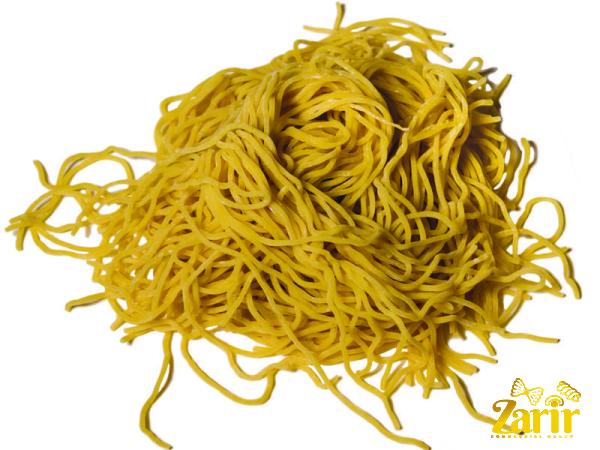 3. Versatility in Culinary Applications: Noodle Yellow offers a wide range of culinary possibilities. It serves as an excellent base for stir-fries, soups, salads, and even main courses. In Indonesian cuisine, it is commonly featured in dishes like Mie Goreng (fried noodles), Mie Soto (noodle soup), and Gado-Gado (vegetable salad with peanut sauce). 4. Nutritional Benefits: Noodle Yellow is not only a delight for the taste buds but also provides several nutritional benefits. It is a good source of carbohydrates and contains essential minerals like iron, selenium, and manganese. Additionally, turmeric’s potential health benefits, including anti-inflammatory and antioxidant properties, make Noodle Yellow a wholesome choice for a balanced diet. 5. Noodle Yellow Goes Global: With the increasing popularity of Asian cuisine worldwide, Noodle Yellow has gained recognition beyond its country of origin.
3. Versatility in Culinary Applications: Noodle Yellow offers a wide range of culinary possibilities. It serves as an excellent base for stir-fries, soups, salads, and even main courses. In Indonesian cuisine, it is commonly featured in dishes like Mie Goreng (fried noodles), Mie Soto (noodle soup), and Gado-Gado (vegetable salad with peanut sauce). 4. Nutritional Benefits: Noodle Yellow is not only a delight for the taste buds but also provides several nutritional benefits. It is a good source of carbohydrates and contains essential minerals like iron, selenium, and manganese. Additionally, turmeric’s potential health benefits, including anti-inflammatory and antioxidant properties, make Noodle Yellow a wholesome choice for a balanced diet. 5. Noodle Yellow Goes Global: With the increasing popularity of Asian cuisine worldwide, Noodle Yellow has gained recognition beyond its country of origin.
…
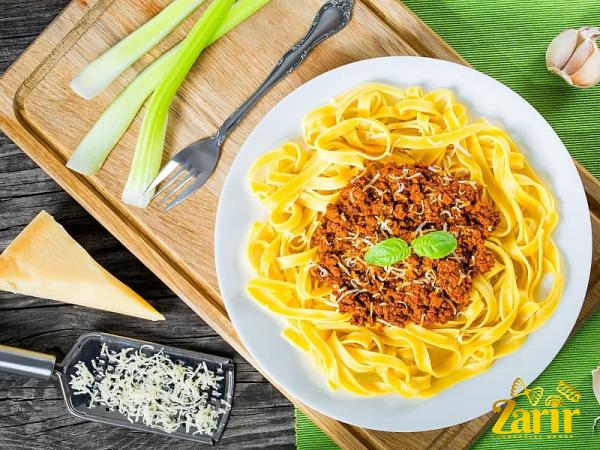 Restaurants and food enthusiasts globally are incorporating it into their menus, thus diversifying the noodle market. Its vibrant color, unique texture, and versatility make it an attractive option for chefs looking to present innovative and visually appealing dishes. Conclusion: Noodle Yellow’s distinctive appearance, flavorful taste, and versatility have contributed to its increasing prominence in culinary circles. Its strong presence in Indonesian cuisine and growing popularity globally highlight the diverse culinary applications of this fabulous noodle. Whether it’s a traditional Indonesian dish or a fusion creation, Noodle Yellow adds vibrancy, flavor, and an element of novelty to any meal. So, step into the world of Noodle Yellow and embark on a delicious culinary adventure.
Restaurants and food enthusiasts globally are incorporating it into their menus, thus diversifying the noodle market. Its vibrant color, unique texture, and versatility make it an attractive option for chefs looking to present innovative and visually appealing dishes. Conclusion: Noodle Yellow’s distinctive appearance, flavorful taste, and versatility have contributed to its increasing prominence in culinary circles. Its strong presence in Indonesian cuisine and growing popularity globally highlight the diverse culinary applications of this fabulous noodle. Whether it’s a traditional Indonesian dish or a fusion creation, Noodle Yellow adds vibrancy, flavor, and an element of novelty to any meal. So, step into the world of Noodle Yellow and embark on a delicious culinary adventure.

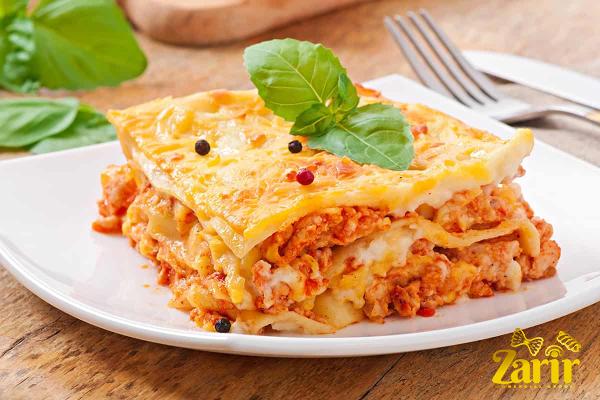
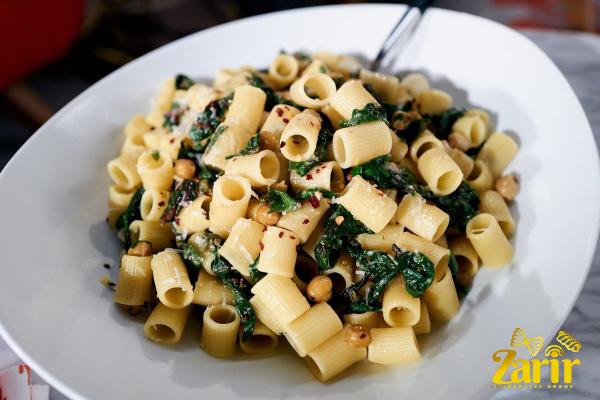
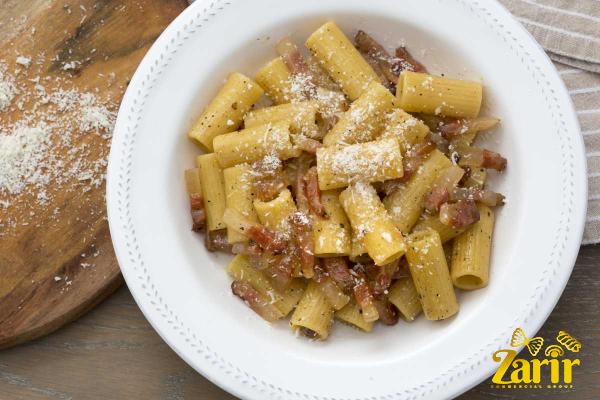
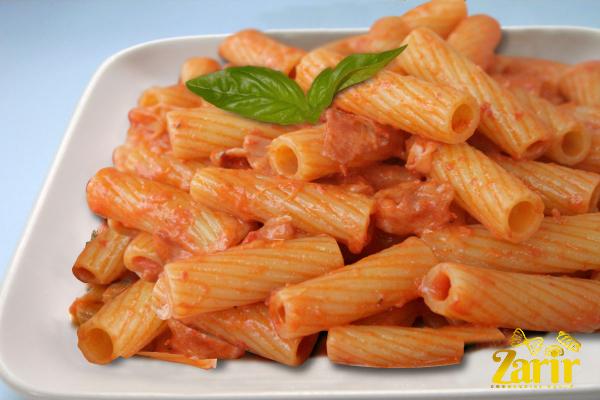

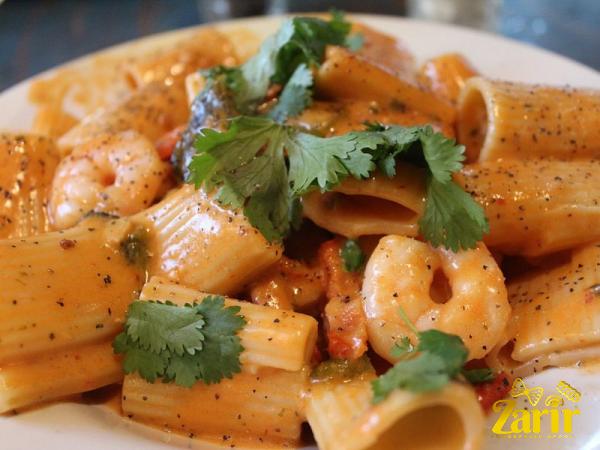

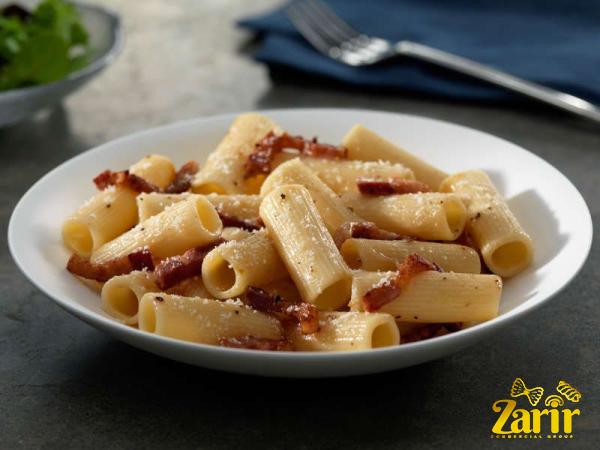
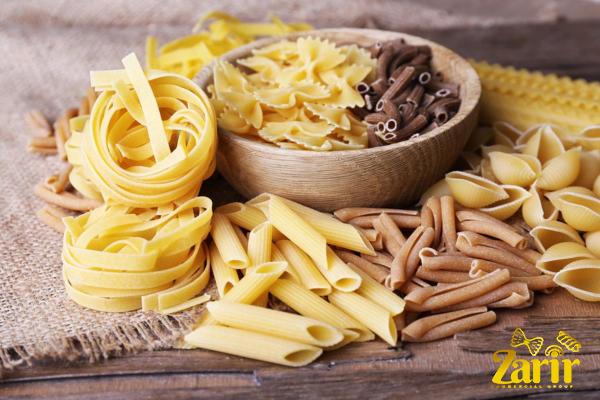
Your comment submitted.